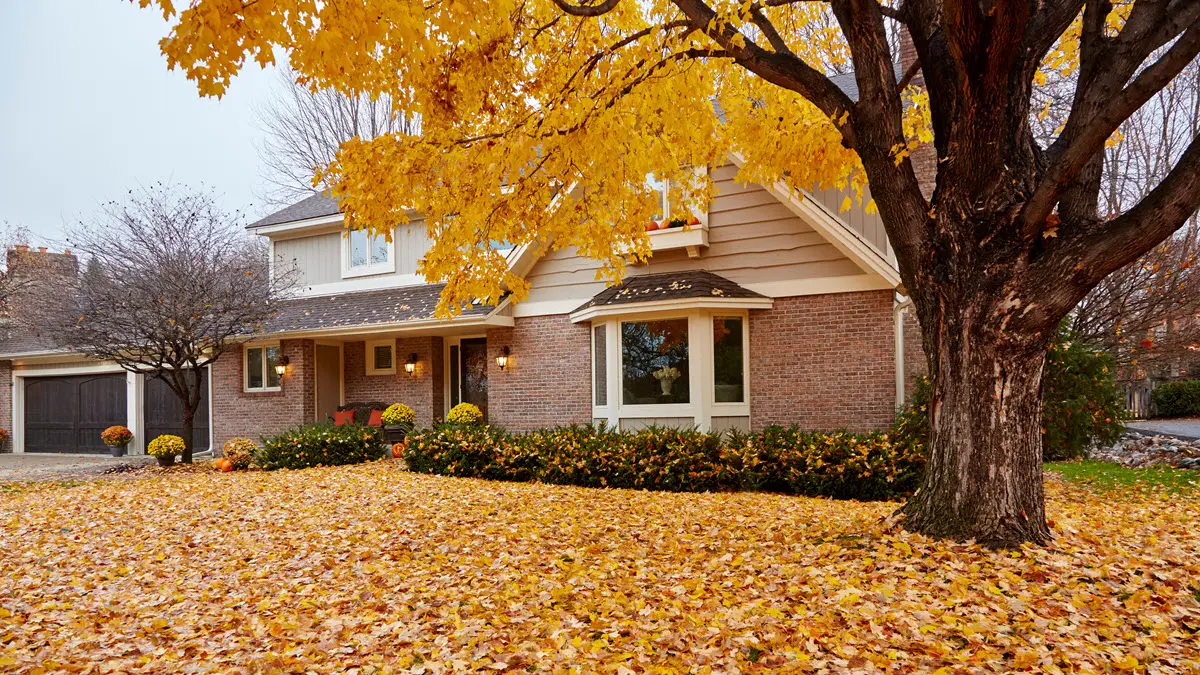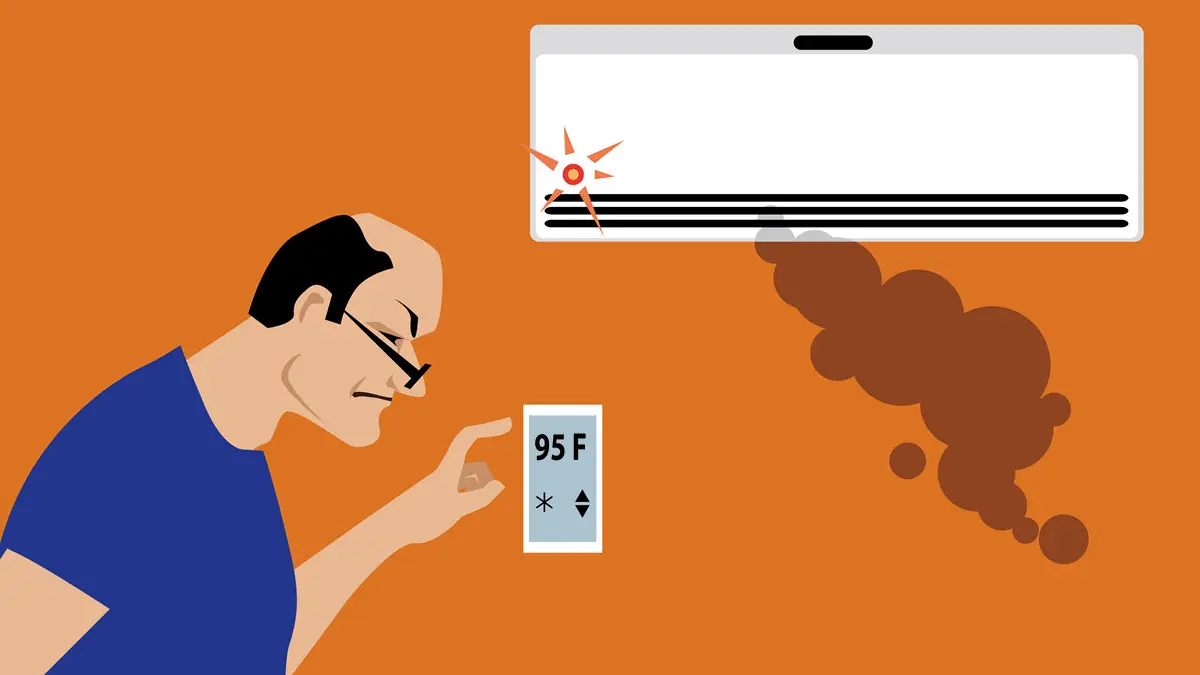When it comes to sewer and drain issues, most people think of clogs, cracks, or roots, but seldom stop to consider that the joints of their pipes may be offset. Because certain types of sewer pipes are installed in joint sections, these joints have the potential to shift, or sink causing them to become unaligned with the rest of the pipe.
If this should ever occur within your sewer line, it is good to know the problems it may cause, and the way you can solve those problems, in addition to what can cause an offset joint in the first place to avoid future issues.
Need a sewer pipe repair or inspection? Contact Harts Services today!
1. OFFSET JOINTS MAY HAVE A NUMBER OF CAUSES
The most common cause of an offset in a sewer line is, without a doubt: roots. Roots from trees and bushes that have an opportunity to invade your sewer line and potentially cause blockages also grow all around the outside of the pipe. The same way roots can shift, move, and break up a thick concrete sidewalk, they can also do the same to your pipes.
Depending on what type of pipe you have, they may be more or less susceptible to root problems. For example, clay pipes will be much more vulnerable to roots and therefore, much more likely to have to offset joints caused by them. Cast iron, while a bit more sturdy than clay pipe also has the potential to incur offset joints through root damage. Even the smallest, most microscopic pinhole in a pipe leaves them vulnerable to roots. The roots will follow the moisture, making their way in and around the pipe. Eventually, they will break it, causing it to become offsets.
Shifting or settling of the dirt surrounding the pipe can also cause offsets. This is more common in clay pipes, as cast iron pipes will stick together and therefore, cause a “belly” as opposed to an offset when shifted.
2. OFFSET JOINTS CAN CAUSE A VARIETY OF ISSUES
The most common problem caused by offset joints is the bottlenecks they can create. This means that anything flowing through your pipes will get caught up on the lip of the offset, and eventually cause a bigger clog. With the presence of lips in your sewer pipes, there is also potential to catch a snake blade. This can cause it to get stuck, which creates further complications with trying to clear the line.
Another common sewer repair issue is the root factor. With gaps and offset joints in your sewer line, that leaves openings for roots to get through. Especially if the roots are the cause for your offset, that means that they were pushing your pipes apart to make room to grow. Roots will chase the fertilizer (sewage) into your pipes and use them as nutrients to grow. If you continue to let them grow they will, and eventually will reach a point where they cannot be cut out by traditional methods.
Something else to keep in mind: as long as there is a gap or hole in your pipe, there is sewage exiting the pipe. This sewage is not only leaking into the ground, but it is also taking soil along with it. As the water in the pipe picks up dirt, it washes it away, which can create sink holes.
Book Now
Harts is your one-stop shop for comprehensive home services!

3. ONE WAY OR ANOTHER, OFFSETS CAN BE FIXED!
This may seem obvious, but the first thing to do before repairing an offset finds out if you have one. An experienced plumber may be able to feel an offset in your piping while cabling. This is because an offset feels different than a normal blockage. You should also be able to tell if there is an offset in your pipes based on the size of the roots a cable pulls out, or if the cable pulls out mud.
Ultimately, you should always keep in mind how valuable running a camera through your sewer line can be. Getting a camera inspection done is generally inexpensive, and can save you all kinds of time by identifying exactly what type of sewer repair you need.
Once you know whether you have an offset, there are essentially two ways to go about fixing it. The most common fix is to excavate, and replace the affected section of pipe. This process would need to uncover enough pipe to ensure the new section can be installed properly. Additionally, if a leak in the pipe has caused issues with the grade of your pipe a bit more it may need to be uncovered to correct the grade.
If it turns out that you need a larger section of pipe repaired, or a new sewer line all together, you might consider a trenchless method of sewer repair such as “pipe bursting.” With pipe bursting, the sewer line can be replaced or repaired without trenching up your entire yard.



